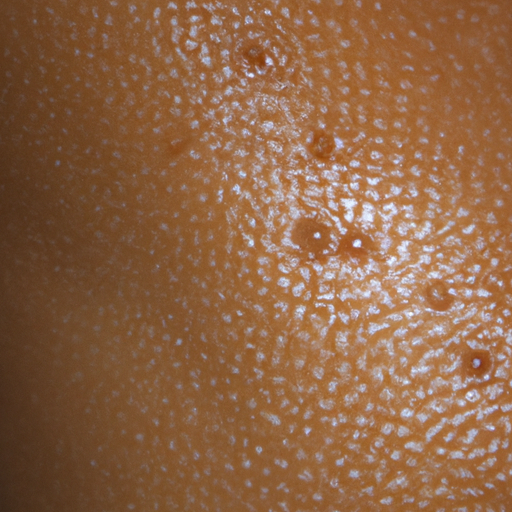As a dermatologist, I encounter a myriad of skin conditions daily, but one of the most common is oily skin. This condition, characterized by an excess production of sebum, can lead to a shiny complexion, enlarged pores, and an increased risk of acne. Understanding the causes and symptoms of oily skin is the first step towards managing this condition and achieving healthier skin.
The skin’s natural oil, sebum, is produced by the sebaceous glands. It serves a crucial role in maintaining skin health by providing a protective layer that keeps the skin hydrated and guards against harmful microorganisms. However, when these glands go into overdrive, they produce an excess amount of sebum, leading to oily skin.
Several factors can trigger overactive sebaceous glands. Hormonal fluctuations are one of the primary culprits. Adolescents going through puberty often experience oily skin due to increased hormone production. Similarly, women may notice their skin becoming oilier during certain periods of their menstrual cycle, pregnancy, or menopause.
Genetics also play a significant role in determining your skin type. If oily skin runs in your family, there’s a good chance you might have inherited it. Stress can also exacerbate oil production. When we are stressed, our bodies produce more androgen hormones, which stimulate the oil glands and hair follicles in the skin, leading to more oil.
Environmental factors can also contribute to oily skin. Hot and humid weather can stimulate oil production, while harsh skincare products or routines can strip the skin of its natural oils, causing it to produce more sebum to compensate for the loss.
Recognizing the symptoms of oily skin is key to managing it effectively. The most obvious sign is a shiny or greasy appearance. This is most noticeable in the T-zone – the forehead, nose, and chin – where the sebaceous glands are most concentrated.
Enlarged pores are another common symptom. Excess oil can cause the skin to thicken, leading to enlarged pores. Additionally, the oil can mix with dead skin cells and become trapped in the pores, causing them to appear larger.
Oily skin is also more prone to blackheads, whiteheads, and other forms of acne. This is because the excess sebum can clog the pores, providing a breeding ground for bacteria.
While oily skin can be challenging to manage, understanding its causes and symptoms can help you take steps to control it. It’s important to maintain a consistent skincare routine that includes gentle cleansing, toning, and moisturizing. Despite what you might think, moisturizing is crucial for oily skin. When the skin is dehydrated, it can trigger more oil production. Therefore, using a lightweight, oil-free moisturizer can help balance your skin’s oil levels.
Avoid harsh products that can strip your skin of its natural oils and trigger more oil production. Instead, opt for gentle, non-comedogenic products that won’t clog your pores.
In conclusion, oily skin is a common condition caused by various factors, including hormonal changes, genetics, stress, and environmental conditions. By recognizing the symptoms and understanding the causes, you can take steps to manage your oily skin effectively. Remember, every skin type has its challenges and advantages. With the right care and attention, you can keep your oily skin healthy and glowing.



